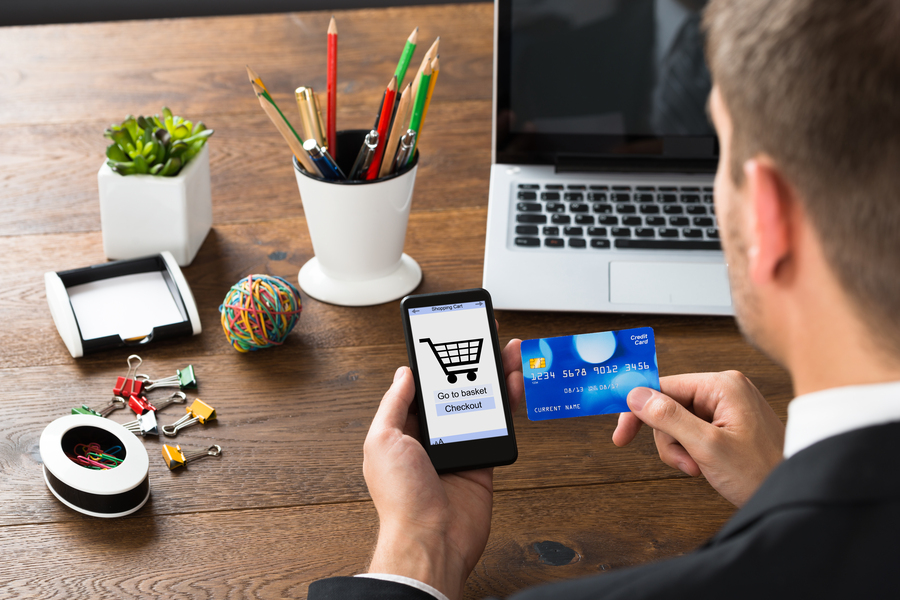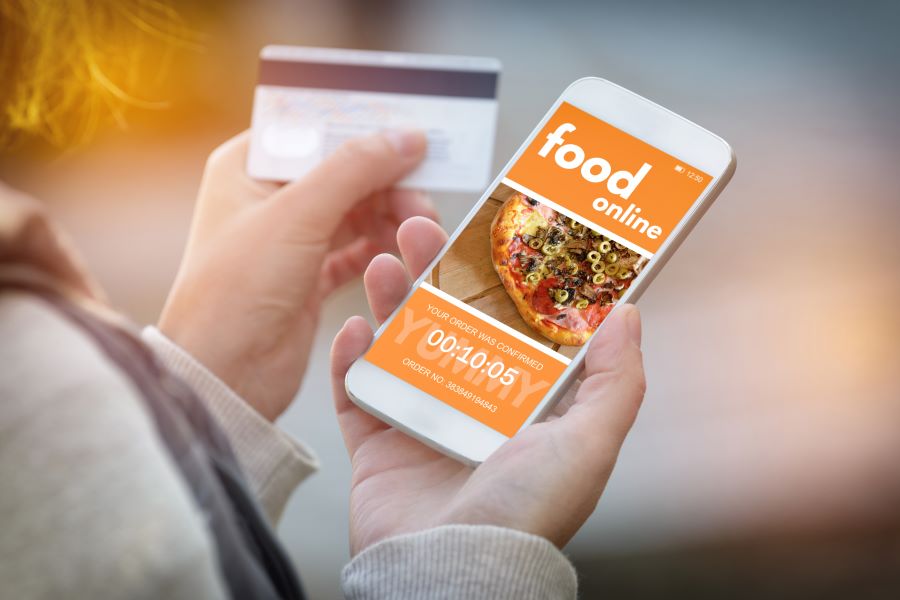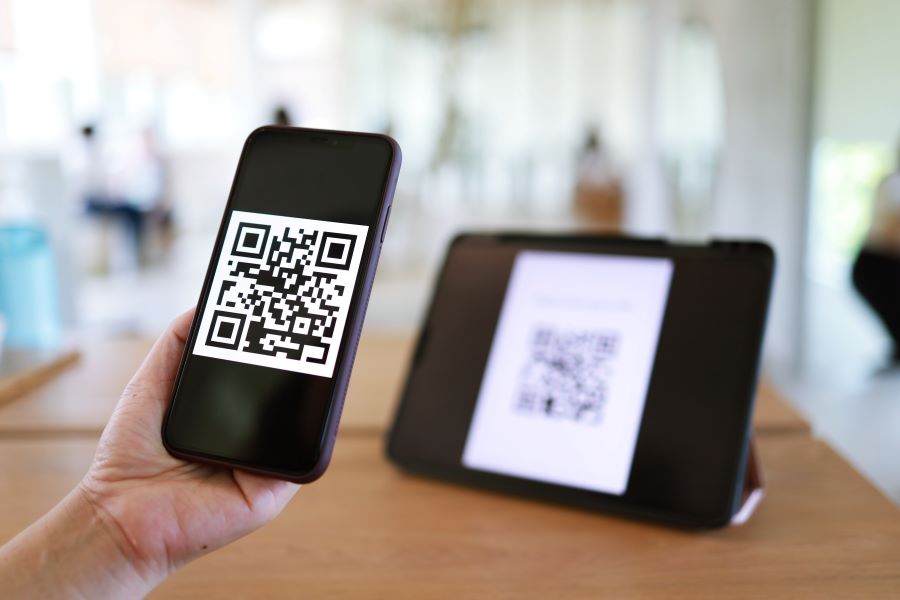Online ordering refers to purchasing products or services through the Internet using a website or a mobile application. It provides customers with the convenience of browsing and buying a wide range of products from the comfort of their homes, eliminating the need to visit brick-and-mortar stores physically.
Online ordering has rapidly gained relevance in various industries, particularly retail and food service. Retailers have embraced online ordering to reach a larger customer base and expand their business beyond physical stores. Similarly, food service establishments, ranging from local restaurants to global chains, have increasingly adopted online ordering to cater to the growing demand for food delivery and takeout services.
How it works
Online ordering refers to buying and selling goods and services online. It involves using an e-commerce platform where businesses can showcase their products and customers can place orders.
Customers can access online stores through websites, mobile apps, or social media channels. They can browse a wide range of products, view product details, compare prices, and read reviews to make informed decisions. Once customers have selected the items they want to purchase, they add them to their virtual shopping carts.
After customers have placed their orders and made payments, the e-commerce platform sends the order details to the business for processing. This could involve picking and packing the products, arranging shipping or pickup options, and generating invoices or receipts. The platform also provides order tracking capabilities so that customers can monitor the status of their orders.

In summary, online ordering provides a convenient and efficient way for customers to purchase products and for businesses to manage the entire order process, from inventory management to order fulfilment.
Ordering for shipping
Ordering for shipping in the online world involves a systematic process to ensure that customers’ orders are packed and shipped efficiently and accurately. This process becomes especially crucial for e-commerce businesses experiencing sudden increases in orders.
When an online order is received, it is immediately flagged for fulfilment. The products included in the order are carefully picked from the inventory at this stage. This involves locating the items, verifying their quality and quantity, and ensuring they are in the best condition for shipment.
Next, the items are securely packaged to protect them during transit. This includes using appropriate packaging materials such as bubble wrap, cardboard boxes, or padded envelopes. Fragile items may require additional precautions to prevent breakage.
Once packed, the order is labelled with the necessary shipping information, including the customer’s address and any required tracking numbers. E-commerce businesses often partner with shipping carriers to handle the physical delivery of orders. These carriers collect the packages from the business’s fulfilment centre and transport them to the customers’ addresses.
Click and Collect
Click and collect is a service offered in the context of online ordering, providing customers with a convenient and flexible shopping experience. With click and collect, customers can place orders online and then pick up their purchases at a physical store.
The process is simple. Customers browse and select products on the retailer’s website or mobile app and proceed to checkout. Instead of choosing home delivery, they opt for the click-and-collect option. They then select a nearby store from a list of locations where they would like to pick up their order.
Once the order is placed, the retailer prepares the items and notifies the customer when they are ready for collection. This eliminates the need for delivery timeframes and allows customers to choose a time that suits their schedule. Customers visit the designated store, provide their order details or confirmation, and collect their purchases.
Click and collect offers several benefits to customers. It saves time by avoiding long queues or waiting for deliveries. It also provides the flexibility to shop online and pick up items conveniently. Moreover, customers can have the option to physically inspect the products before taking them home, minimizing the chances of returns or exchanges.
Overall, click and collect is a convenient option in online ordering that combines the ease of online shopping with the flexibility and immediacy of picking up purchases from a physical store location.
Ordering for delivery
Ordering for delivery is a convenient way for customers to receive products without leaving their homes. Several methods are available for delivery, including package delivery, drop shipping, and in-store pickup.
Package delivery is one of the most common methods for online ordering. After customers browse and select products on the retailer’s website or app, they are typically shipped to their specified address through the postal system or a retail courier. This service ensures that customers receive their purchases safely and conveniently at their doorstep.
On the other hand, drop shipping involves the item being shipped directly from the manufacturer to the consumer. In this process, the retailer acts as an intermediary and does not keep the products in stock. Instead, when a customer orders, the retailer forwards the order details to the manufacturer or wholesaler, who then ships the item directly to the customer. This method eliminates the need for the retailer to handle or store the products.
Another option for online ordering is in-store pickup. This method is particularly popular in the bricks-and-click business model, where retailers have physical stores and an online presence. After customers place their orders, they can pick up the items from a nearby store instead of opting for home delivery. This allows customers to save on shipping costs and provides the convenience of picking up the purchases at a time that suits them.

QR code ordering
QR code ordering is a convenient and innovative online method recently gaining popularity. With the help of QR codes, customers can easily browse and order products or services using their smartphones, eliminating the need for physical menus or order forms.
The process of using QR code ordering is simple. Customers must scan the QR code, usually displayed at the merchant’s physical location or on their website or social media platforms. Once scanned, customers are directed to a digital menu or ordering platform to view the available items, select their desired products, and customize their orders if necessary.
After selecting the items, customers can complete the payment through secure online payment methods integrated into the QR code ordering system. In some cases, customers may also be able to provide their delivery or pickup details directly through the platform.
QR code ordering offers several benefits to customers. It provides a contactless and seamless ordering experience, allowing customers to quickly and easily place orders without physical interaction or waiting in lines. Additionally, it offers an interactive and visual way of browsing products or services, with detailed descriptions and images available on the digital platform.
QR code ordering offers several benefits to customers. It provides a contactless and seamless ordering experience, allowing customers to quickly and easily place orders without physical interaction or waiting in lines. Additionally, it offers an interactive and visual way of browsing products or services, with detailed descriptions and images available on the digital platform.

Several businesses have successfully implemented QR code ordering. For example, restaurants and cafes have adopted this technology to enable customers to view menus, place orders, and make payments, enhancing the overall dining experience. Retail stores and grocery chains have also embraced QR code ordering for customers to shop for products and conveniently arrange delivery or pickup.
In conclusion, QR code ordering is a fast, secure, and user-friendly online ordering method. Its application across various industries has provided customers an efficient and engaging way to browse, order, and pay for products or services.


